Late 1970s
GCMS-6020
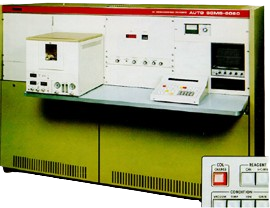
Shimadzu's first GC/MS system, the GCMS-6020, combined gas chromatography with mass spectrometry, allowing for improved identification and quantification of organic compounds.
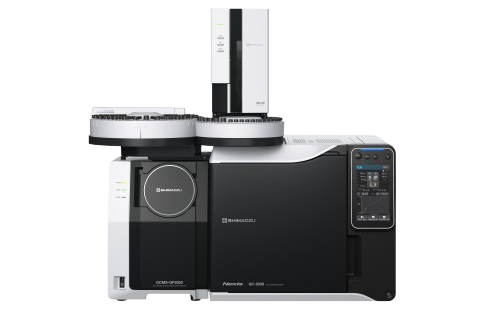
This timeline outlines the development of Shimadzu's Gas Chromatography-Mass Spectrometry (GC-MS) products over the past 150 years. Each entry reflects Shimadzu's focus on improving sensitivity, speed, and usability in analytical chemistry. From the introduction of the first GC-MS system to the latest models, Shimadzu has contributed significantly to various fields, including forensics, environmental monitoring, and food safety.

Shimadzu's first GC/MS system, the GCMS-6020, combined gas chromatography with mass spectrometry, allowing for improved identification and quantification of organic compounds.
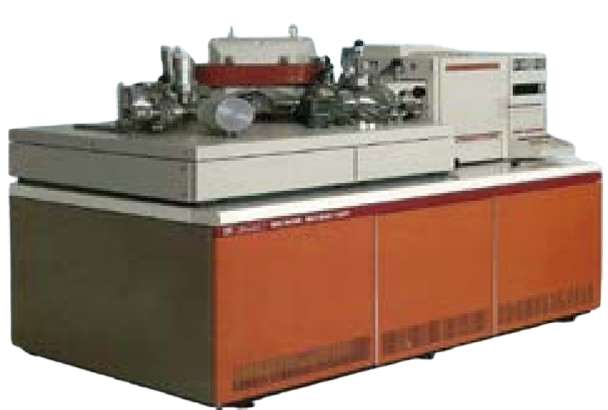
This model introduced double focusing technology, enabling MS/MS analysis, which enhanced the resolution and sensitivity of mass spectrometric measurements.
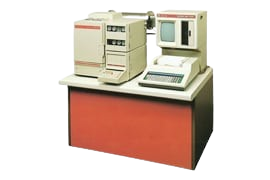
As Japan's first classical quadrupole GC-MS, the GCMS-QP1000 played a key role in organic compound analysis and helped establish Shimadzu in the analytical instruments market.
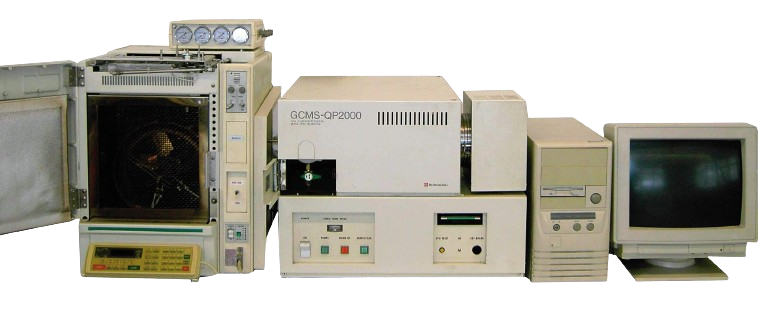
The GCMS-QP2000 offered performance improvements over the QP 1000, providing better sensitivity and resolution for a wider range of applications.
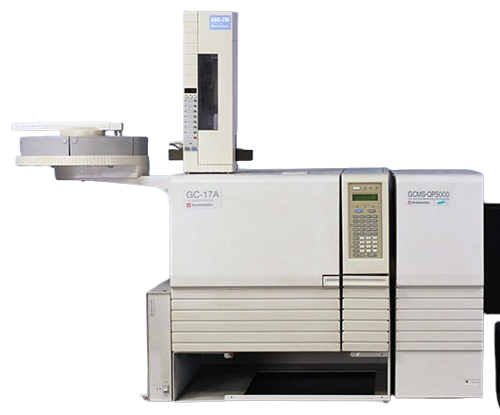
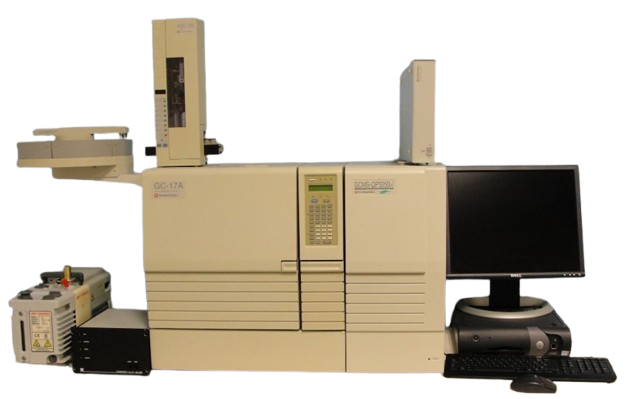
These models expanded the mass range to 900 Daltons and included a chemical ionization option. They set new standards for speed and sensitivity, allowing laboratories to analyze more samples efficiently.
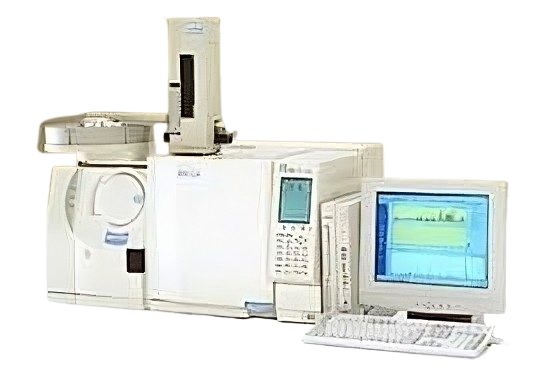
The GCMS-QP2010 featured high-speed capabilities and newly designed ion optics, enhancing performance for various applications and enabling rapid analysis.
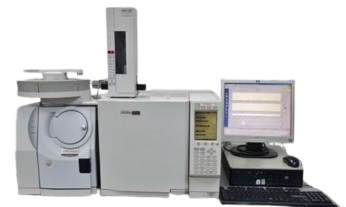
An optimized version of the QP2010, the GCMS-QP2010 S provided a good balance between price and performance, making it a practical choice for many laboratories.
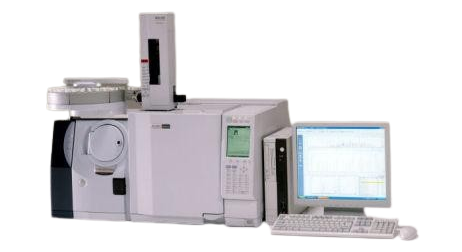
This model achieved high sensitivity, making it suitable for the analysis of trace components in complex organic mixtures across various scientific fields.
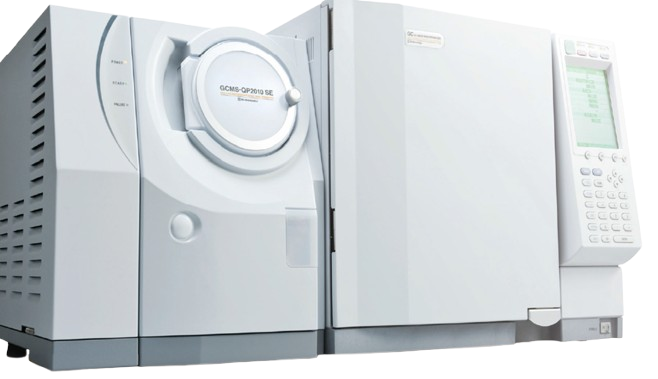
The GCMS-QP2010 SE introduced patented ASSP and AART functions, focusing on productivity and offering a strong price/performance ratio for users.
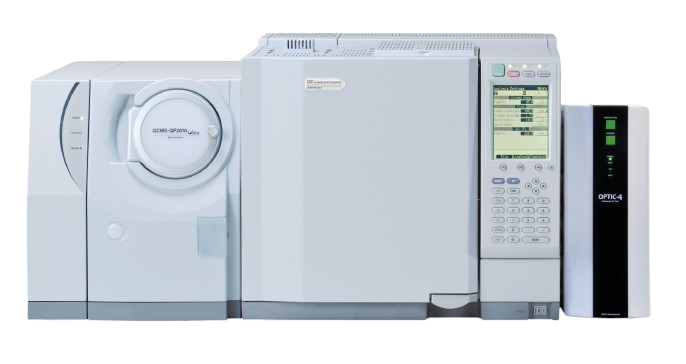
The GCMS-QP2010 Ultra featured a new electronic control protocol that improved scanning speed, enhancing usability and performance in analytical tasks.
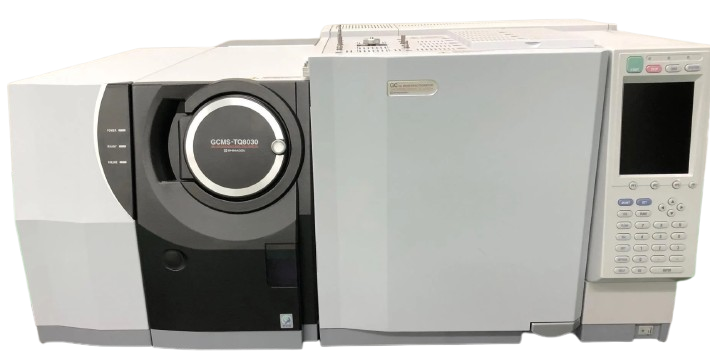
As the first classical triple quadrupole GC-MS, the GCMS-TQ8030 provided improved sensitivity and selectivity, making it effective for analyzing complex samples.
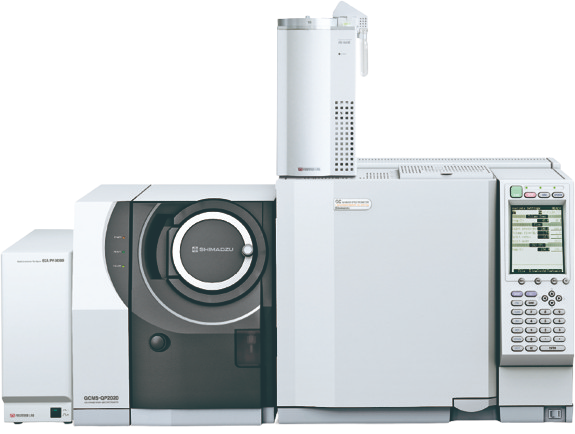
The GCMS-QP2020 included enhanced functionality and advanced analysis software. It was designed to maximize sensitivity and efficiency in laboratory operations.
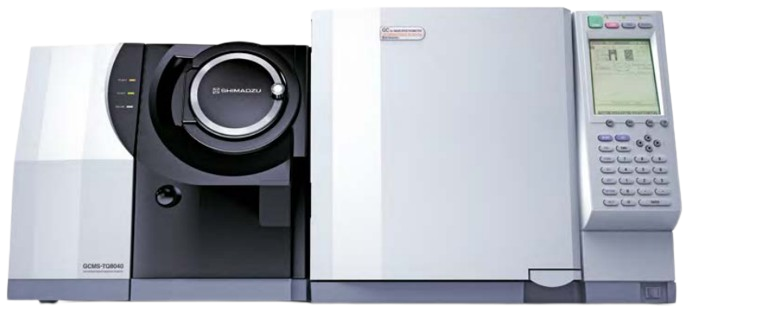
This triple quadrupole model featured Smart Productivity capabilities, allowing for efficient sample throughput and low detection limits.
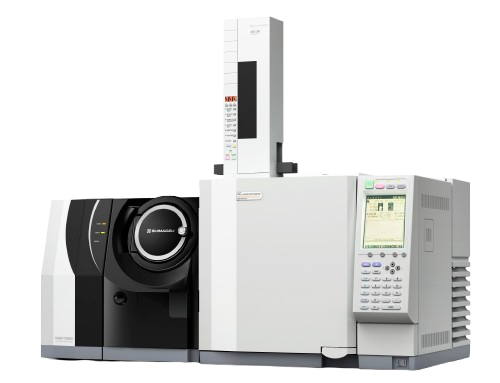
The GCMS-TQ8050 enabled quantitative analyses of ultra-trace amounts, reaching detection limits down to the femtogram level, making it useful in various industries.
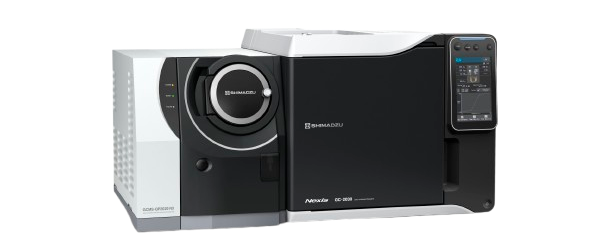
This high-end single-quad GCMS model was designed for ease of use and robustness, enhancing laboratory workflows while maintaining performance.
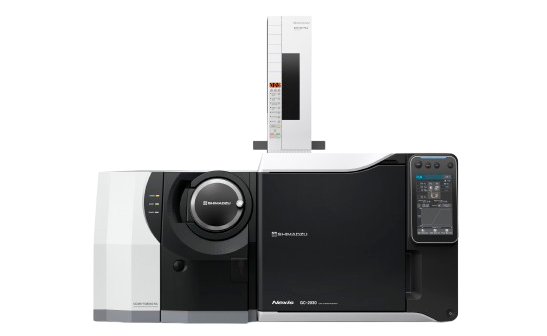
Updated versions of the GCMS TQ8040 and TQ8050, these models include the new GC 2030, suitable for applications in environmental monitoring and food science.

The GCMS-QP2050 features reliable hardware and advanced noise suppression technology, allowing for accurate assessment of trace ions in various analytical applications.
Throughout its 150-year history, Shimadzu has gathered numerous stories that exemplify its role in the advancement of analytical technology. Each narrative reflects the contributions of individuals and the evolution of innovations across various fields. Below, we present some of these stories that highlight key milestones in our journey and the impact they have had.

The partnership between Shimadzu and LKB represents a significant chapter in the history of analytical technology and in the life of Ingvar Pettersson. This collaboration emerged from a shared vision to advance scientific understanding through innovative instrumentation. The development of the LKB 9000 Gas Chromatography Mass Spectrometry (GCMS) marked an important milestone in this journey, illustrating the effectiveness of teamwork and expertise across disciplines. In this story, Pettersson explains how the partnership between Shimadzu and LKB came to life and what he learned about doing business in Japan.
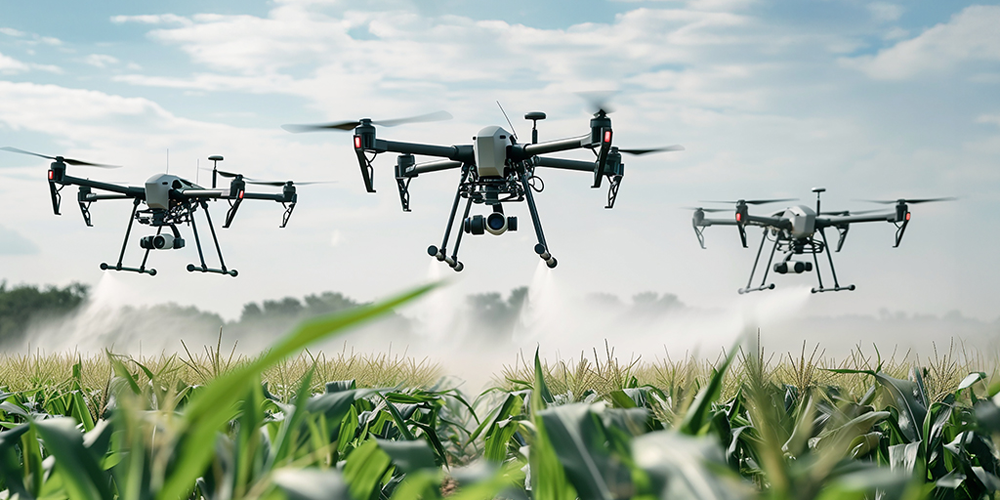
Explore the advancements in water quality analysis as innovative AI technology transforms the detection of pesticides. This story delves into how Peakintelligence™ software is utilized alongside the GCMS-QP2050 to enhance peak integration, ensuring greater accuracy and efficiency in analyzing complex samples. By minimizing individual operator variability, this cutting-edge approach not only streamlines the analytical process but also contributes significantly to the protection of our water resources from harmful contaminants.
Are you interested in our GC-MS products? You can explore them up close at various upcoming events. Our experts will be available to answer any questions you may have. We look forward to seeing you there!


Shimadzu offers a comprehensive range of Gas Chromatograph-Mass Spectrometry products designed to meet the diverse analytical needs of our customers. Our lineup includes advanced systems such as Triple Quadrupole and Single Quadrupole GC-MS, along with application-specific solutions that ensure optimal performance in various fields. We also provide essential components and accessories, as well as high-quality GC columns to enhance system reliability. With user-friendly software and consumables designed for efficiency, Shimadzu is committed to delivering innovative GCMS solutions that empower researchers and industries to achieve precise analytical results.
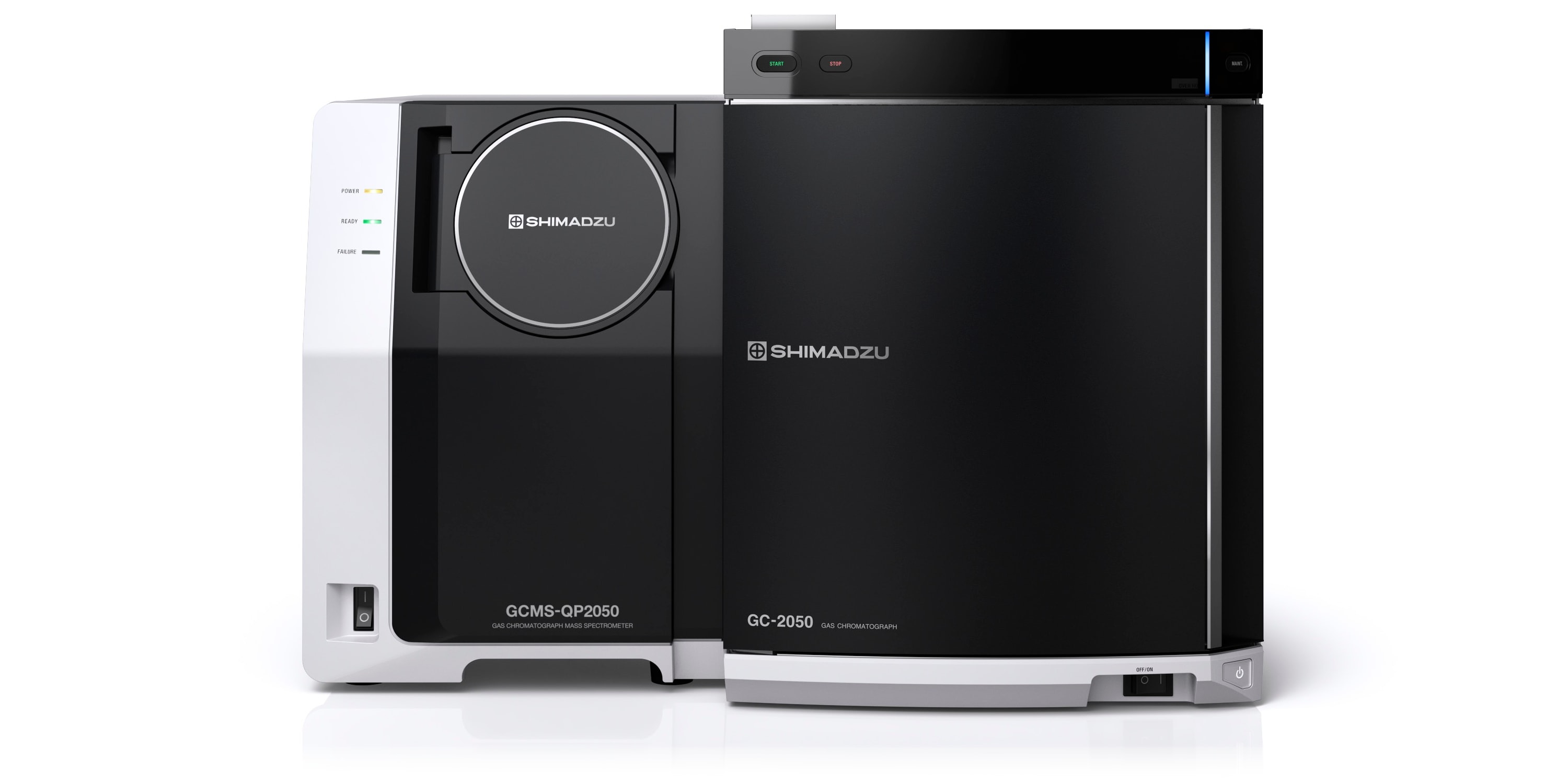
The next-generation GCMS-QP2050 gas chromatograph mass spectrometer, with its accumulation of impressive Shimadzu technology, will lead the way forward. New value is provided by hardware boasting astounding reliability and stability, and easy-to-operate software equipped with superior automated technology.